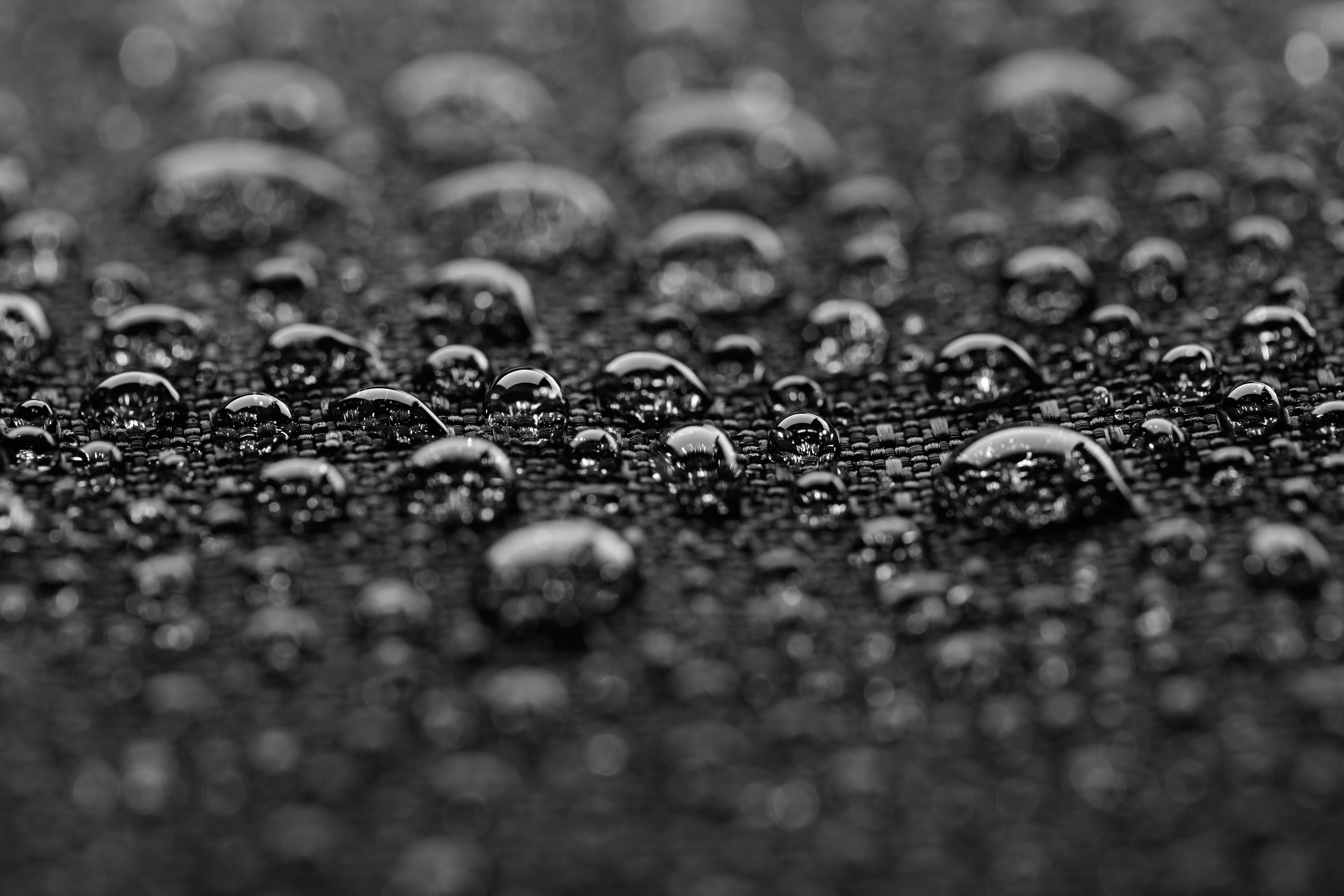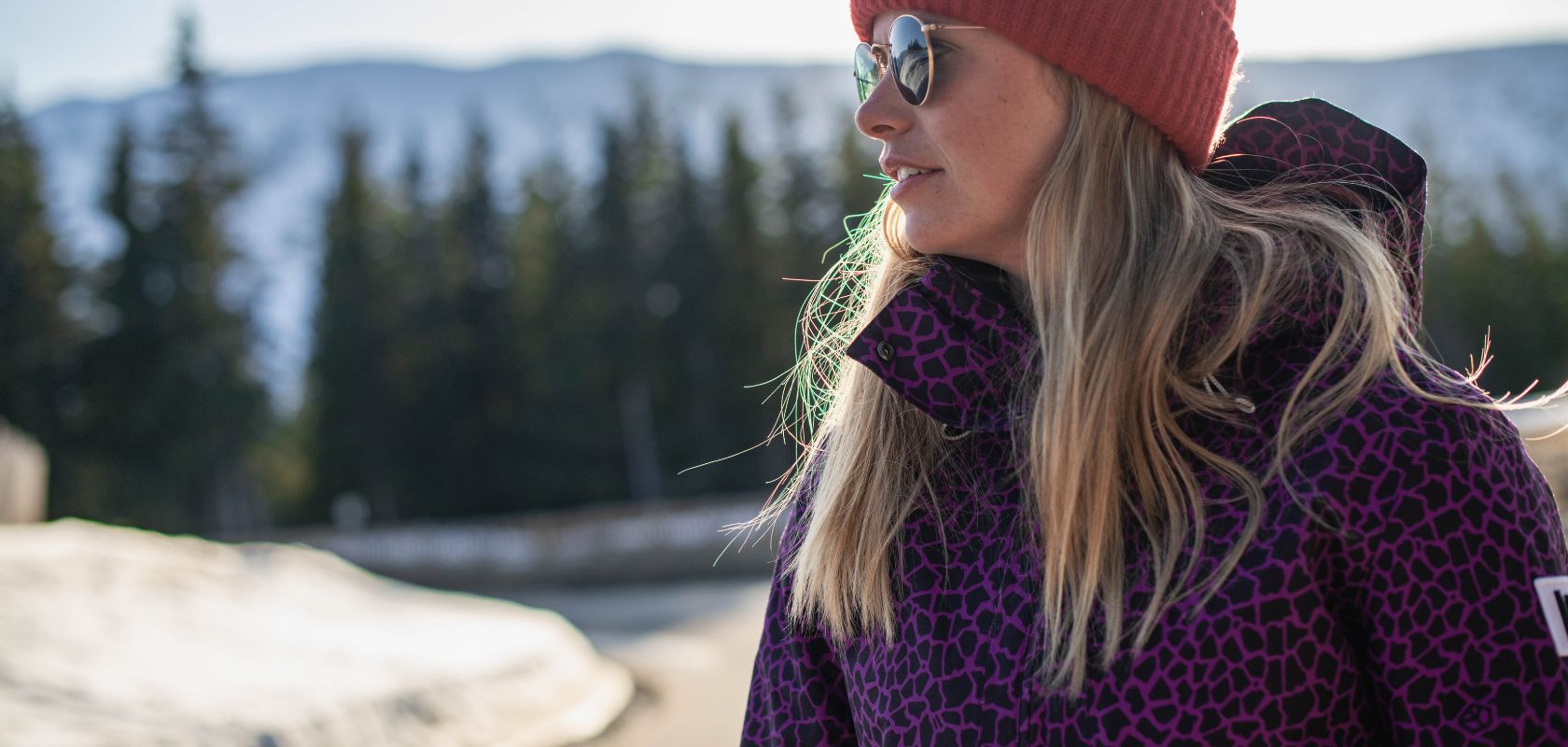INSULATION BUYING GUIDE
Insulation is essential to keeping warm in the outdoors, and is usually worn as a mid-layer, or as the outer layer in dry, cold climates. It works by trapping the warmth that our bodies create to maintain our body temperature, but this can be achieved in a variety of ways.
Types of Insulation
Down
Down insulation is sourced from the smallest feathers found next to the skin of geese and ducks. Goose down typically offers a higher warmth-to-weight ratio and compresses more efficiently than duck down, making it a premium choice for lightweight, packable insulation.
The warmth of a down jacket—referred to as its 'loft'—is measured by fill power. Higher fill power ratings indicate that the down can trap more warm air, resulting in a jacket that is both warmer and more packable.
Key Advantages:
- Exceptional warmth-to-weight ratio, especially with goose down
- Highly compressible, making jackets easy to pack
- Fill power rating indicates warmth and packability—the higher, the better
Things to Consider:
- Down insulation loses its ability to retain heat when wet, as the feathers clump together
- Performs best in dry conditions; not ideal for sustained wet weather
- Some down jackets feature a hydrophobic (water-resistant) coating, but even these don’t match the wet-weather performance of synthetic insulation
- Many jackets include a DWR (durable water-repellent) coating, which can handle light showers but not prolonged exposure to moisture
Down is a top choice for dry, cold conditions where warmth, light weight, and packability are priorities. For wet environments, consider synthetic alternatives for better performance.
Synthetic
Synthetic insulation uses man-made polyester fibers designed to mimic the structure of natural down. These fibers trap pockets of warm air, providing effective insulation. Unlike down, synthetic fill is moisture-resistant and retains its insulating properties even when wet, making it the ideal choice for wet conditions or for activities where you’re likely to sweat.
The warmth of synthetic insulation is measured in grams per square metre (g/m²)—this refers to the density of the insulation, not the overall weight of the jacket. As a general guide, lighter insulation (50g–100g) is perfect for spring, autumn, or as a technical mid-layer, while heavier insulation (100g–200g) is best for colder weather.
Key Advantages:
- Retains warmth even when wet—ideal for damp or highly active conditions
- Dries quickly and is easy to care for
- Often more affordable than down
- Hypoallergenic and suitable for those with allergies to natural down
Things to Consider:
- Typically heavier and less compressible than down
- May not provide the same warmth-to-weight ratio as high-quality down
- Warmth is measured in grams per square metre (g/m²):
- 50g–100g: Good for mild weather or as a mid-layer
- 100g–200g: Best for cold conditions
Synthetic insulation is a reliable, practical choice for anyone expecting wet weather or needing a jacket that performs well during high-intensity activities.
Hybrid
Hybrid jackets are less common but highly technical, combining the best features of both down and synthetic insulation to optimise performance, functionality, and weight savings. These jackets typically feature synthetic fill in the shoulders and arms, with down insulation in the core body area.
The reason for this design is practical: synthetic insulation retains its warmth even when compressed—such as under rucksack straps on the shoulders—or when wet, which usually happens first on the arms and shoulders. Meanwhile, down in the main body keeps the jacket lightweight, highly packable, and provides excellent warmth where you need it most.
Key Advantages:
- Maximises the strengths of both down and synthetic insulation
- Synthetic fill in high-compression and moisture-prone areas (shoulders, arms) maintains warmth when wet or compressed
- Down in the core delivers superior warmth and packability
- Technical design ideal for demanding outdoor activities and variable conditions
Things to Consider:
- Typically more expensive and technical than standard down or synthetic jackets
- Less common, so options may be limited compared to pure down or synthetic choices
Hybrid jackets are an excellent choice for those seeking a balance of warmth, weather resistance, and packability in challenging or mixed conditions.

Baffles
Baffles are the containing sections of insulation. Their purpose is to prevent the material from gathering in the bottom of your jacket and evenly distribute the insulation across the jacket. The way the baffle is constructed can affect how well your jacket performs.
Stitch-through baffles keep the insulation evenly distributed. However, the stitched areas can cause heat to be lost.
Box wall baffles allow the insulation to expand to its maximum loft, and the stitching is designed to reduce heat loss.
Wide vs. Narrow Baffles
Wide baffles are the warmest option as they contain more grams of down and can be constructed such that there are fewer seams where your body heat can escape. They can, however, feel bulky and do not layer well or compress down as small in your pack.
Narrow baffle or micro baffle jackets, as well as looking fantastic, work well underneath a waterproof in cold and wet environments and compress down small enough to stuff easily in your pack ready for you to pull out when you stop moving.

Hoods
Choosing whether or not to have a hood on your insulated jacket depends on your intended use. An insulated hood can be a significant benefit in very cold, low-activity environments, providing extra warmth and protection for your head and neck.
However, if your priority is a lightweight, packable jacket to keep your core warm—especially for active pursuits—a hood may simply add unnecessary bulk and weight.
Key Points:
- Insulated hoods are ideal for very cold, low-activity situations where maximum warmth is needed.
- Hoods add extra bulk and weight, which may not be desirable for lightweight or highly packable jackets.
- Consider your activity level and environment when deciding if a hood is right for you.
Still not sure which jacket is right for you? Visit us in-store for advice from our experts.
All You Need To Keep Warm On The Peaks
Related Articles

Let us know you agree to cookies
We use marketing, analytical and functional cookies as well as similar technologies to give you the best experience. Third parties, including social media platforms, often place tracking cookies on our site to show you personalised adverts outside of our website.
We store your cookie preferences for two years and you can edit your preferences via ‘manage cookies’ or through the cookie policy at the bottom of every page. For more information, please see our cookie policy.





